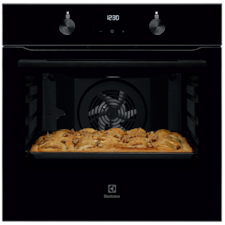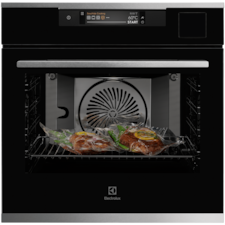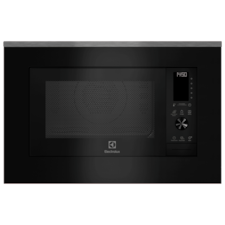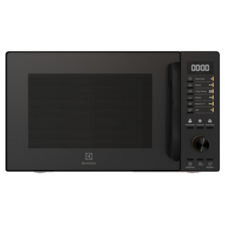Understanding the differences between an oven and a microwave oven helps when setting up or upgrading your kitchen. Both appliances have unique features and functions that cater to different cooking styles and needs. In this guide, we'll explore how each appliance works, examine their pros and cons, and help you make an informed decision on which is best suited for your culinary adventures.
1. Microwave ovens vs. Ovens: What’s the Difference?
Before deciding which appliance is right for your kitchen, it’s important to understand how microwave ovens and conventional ovens differ in terms of size, cost, cleaning, and everyday use. For more guidance on choosing the perfect oven or microwave oven, check out our Oven buying guide and Microwave oven buying guide.
The table below breaks down the key differences to help you make an informed choice.
|
Differences |
Microwave Oven |
Oven (Electric or Gas) |
|
Size & capacity |
Compact, ideal for small kitchens |
Larger, requires more space, suitable for batch or large meal cooking |
|
Cooking speed |
Very fast – ideal for reheating, defrosting, and quick meals |
Slower – suitable for baking, roasting, and complex recipes |
|
Price range |
Generally, more affordable |
Higher upfront cost, especially built-in models |
|
Cleaning |
Easier to clean due to smaller size |
Requires more effort, especially for baked-on grease or food |
|
Temperature control |
Limited control; usually set to fixed power levels |
Precise temperature control with multiple cooking modes |
|
Container options |
Only microwave-safe (plastic, glass, ceramic – no metal) |
Can use a wide range of cookware, including metal, glass, and baking trays |
|
Energy efficiency |
Very energy-efficient for short cooking times |
Less efficient for small tasks, but effective for larger meal prep |
Learn a smarter way to clean your oven in our detailed oven cleaning guide.
2. How Microwave Ovens and Ovens Cook and Their Best Uses
How a microwave oven cooks
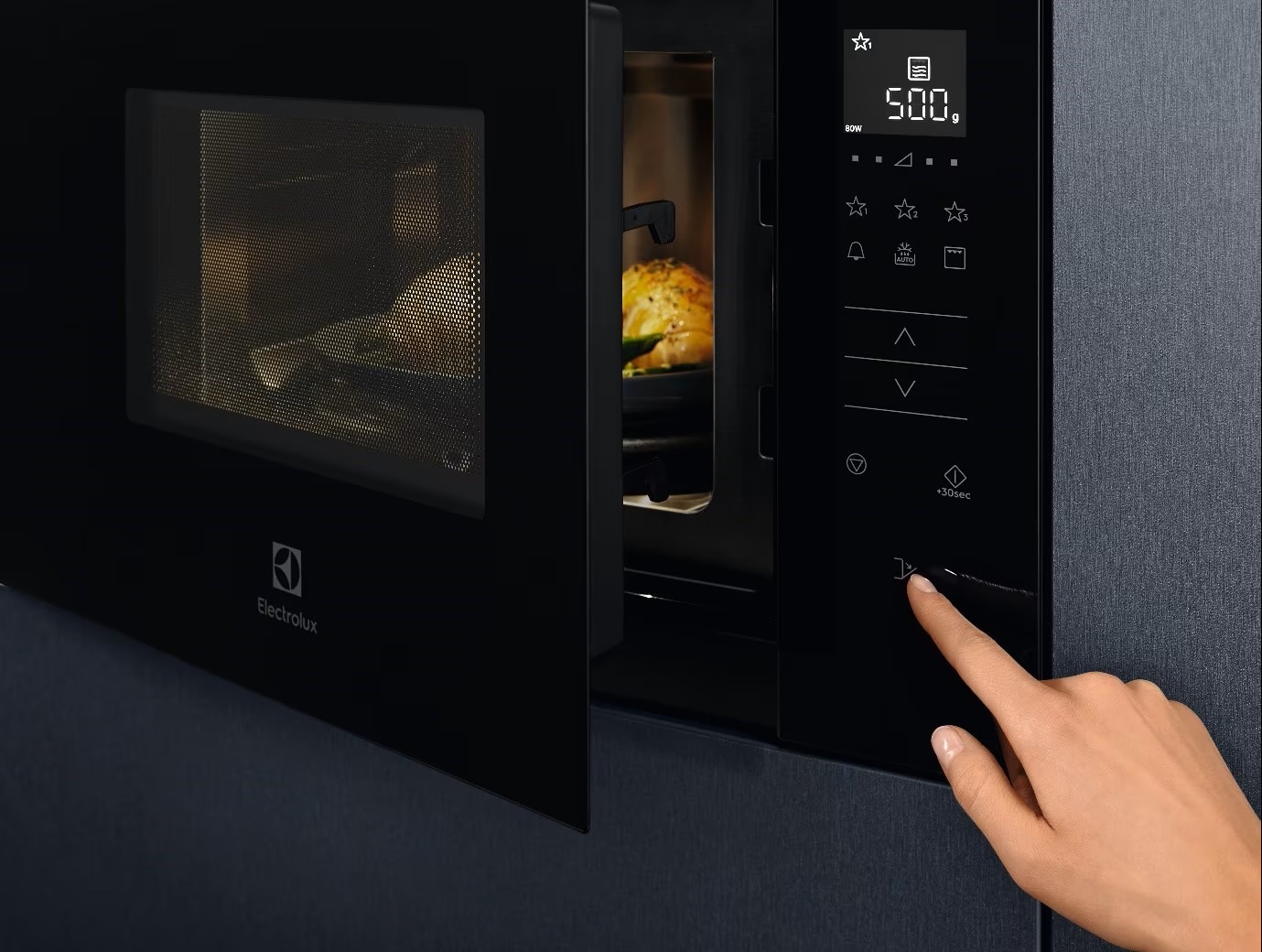
Microwave ovens use high-frequency electromagnetic waves to heat food. These waves cause water molecules in food to vibrate rapidly, producing internal heat. This method cooks from the inside out, making it fast and convenient for light cooking or reheating.
What can I cook with a microwave oven?
- Reheat leftovers
- Steam vegetables
- Microwave popcorn
- Ready meals
- Quick mug cakes or puddings
- Defrost frozen items
How an oven cooks
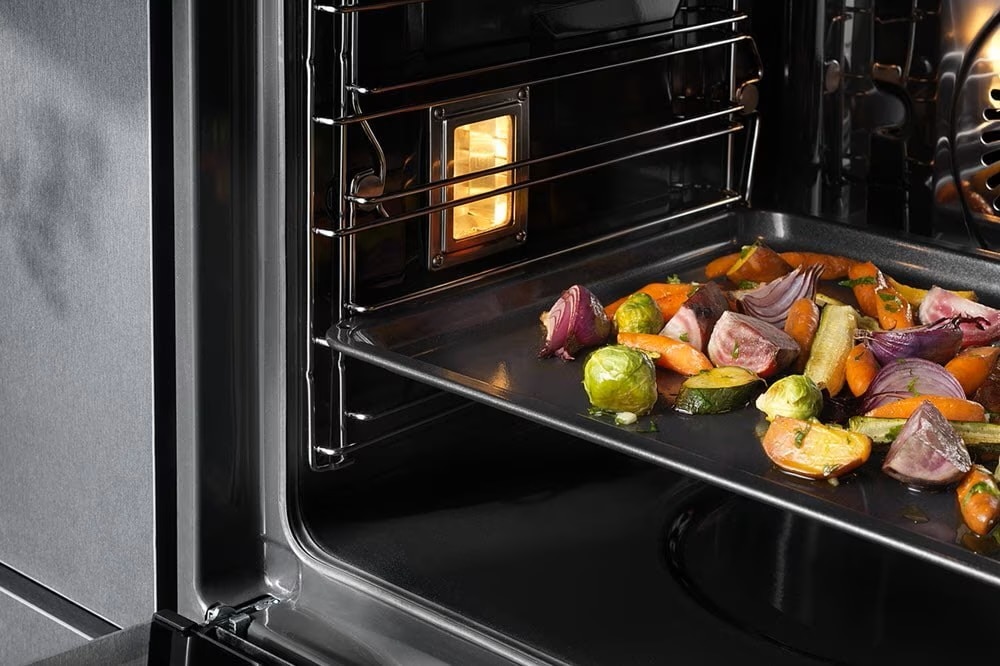
Ovens work by heating the air inside a sealed compartment. In electric ovens, heating elements produce heat; in gas ovens, it's a flame does. The hot air envelops the food, cooking it slowly and evenly. Convection ovens use fans to circulate hot air, improving heat distribution and reducing cooking time.
What can I cook with an oven?
For cooking inspiration, visit our How-to videos page for oven recipe tutorials, including roast chicken and potatoes.
- Roast chicken or vegetables
- Baked goods like bread, cakes, and cookies
- Pizza and savoury pies
- Gratin, lasagne, and casseroles
- Grilled or broiled dishes (in ovens with grill settings)
3. Microwave Ovens vs. Ovens: Which One Is Better For You?
- A microwave oven is ideal for quick, daily tasks like reheating, steaming, or light cooking—especially if you’re short on time or space.
- An oven is the better choice if you enjoy baking, roasting, and preparing full meals with more texture and depth.
Best case? Have both—each serves a different purpose in a well-equipped kitchen.
4. Make Cooking Easier With Electrolux Ovens And Microwave Ovens
Enjoy faster, easier cooking with Electrolux ovens and microwaves ovens—designed for everyday convenience and great results.
-
- AirFry your food for a fried taste with less oil.
- Different oven functions for diverse cooking.
- LED timer display sets exact cooking times.
-
- SteamBake for bakery-style bread at home.
- Smart food probe monitors core temperatures.
- Easy pyro cleaning at high temperature.
-
- SteamPro delivers ultimate taste results.
- Smart food probe monitors core temperatures.
- Steamify makes it easier to cook with steam.
-
- Inverter technology cooks evenly and efficiently.
- Convection function for roasting or baking.
- AirFry your food for a fried taste with less oil.
-
- AirFry your food for a fried taste with less oil.
- Convection for roasting, baking, and re-heating.
- CombiGrill to grill and microwave in one program.
-
- CombiGrill to grill and microwave in one program.
- Crispy Reheat restores food’s crispiness and crunch.
- 10 pre-set programs expertly cook a range of foods
5. FAQs About Microwave Ovens And Ovens
-
Can I bake a cake in a microwave oven?
Yes—if your microwave has a convection function. Standard microwaves can’t bake effectively, but convection microwaves circulate hot air, allowing you to bake small cakes or cookies.
-
Do I need both a microwave and an oven in my kitchen?
That depends on your cooking habits. A microwave is great for quick tasks, like reheating or defrosting, while an oven is better for baking and roasting. Many people find having both gives them the most flexibility.
-
Is it safe to cook raw meat in a microwave?
A: Yes, but it’s important to ensure the meat is cooked evenly and reaches a safe internal temperature. Use a meat thermometer and ideally cover the meat to retain moisture and promote even heating.

